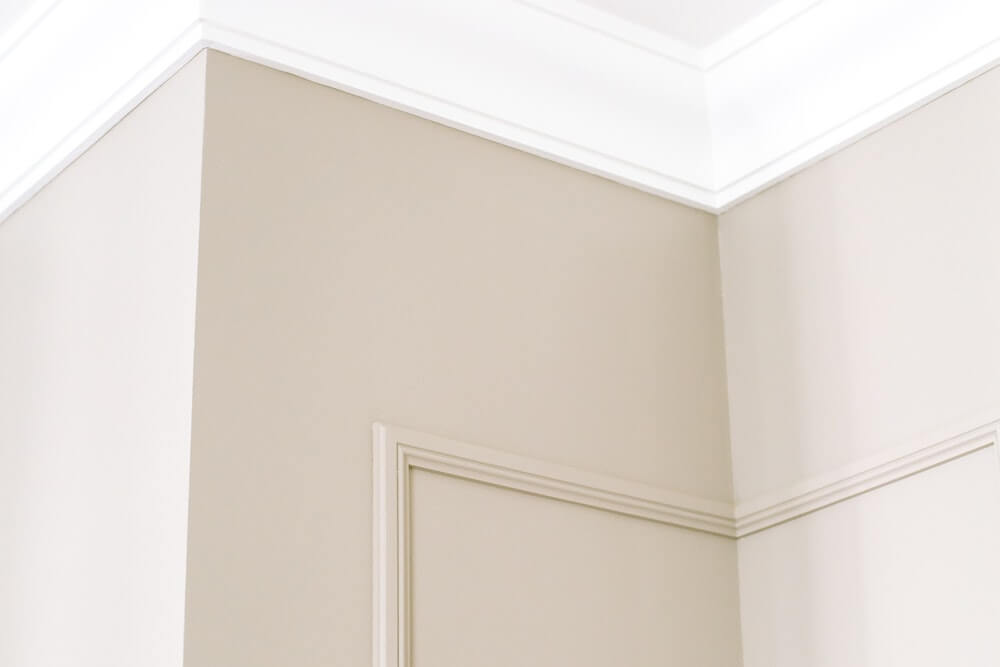 What stands out the most in period and heritage homes, museums, and memorial buildings is often the attention to detail put into their architecture and interior design since the beginning. With what means they could, humans have always adorned their living space and added decorative elements to them.
What stands out the most in period and heritage homes, museums, and memorial buildings is often the attention to detail put into their architecture and interior design since the beginning. With what means they could, humans have always adorned their living space and added decorative elements to them.
Even today, the difference between a house that feels “soulless” and one that you can see yourself living in is the level of attention to detail. Beyond the style choice and the materials used, even the smallest component matters, including crown moulding.
What is Crown Moulding?
Crown moulding is a type of wall finish that lies atop interior walls, where they meet the ceiling. It’s typically seen in homes with tall rooms and ample spaces, defining the space and adding motifs that draw the eye towards the upper part of the room.
Crown moulding was first recorded in Ancient Greek establishments, adorning the walls with its heavy stone profile. Surprisingly, the angles and principles of crown moulding haven’t changed a lot over the centuries. The original Greek design didn’t need to be improved but adapted to various architectural styles.
Where Can You See Crown Moulding?
Considering that crown moulding is still manufactured and used today, its benefits are still sought after by homeowners and contractors alike. But crown moulding truly shines in period homes and historical buildings that are newly renovated. Crown moulding was first sculpted out of hard stone and carefully installed on the wall, dividing large rooms into smaller areas and visually enhancing the home. In more recent times, it is carved from wood and mounted using screws and nails.
To Make and To Mould
When the style exploded in popularity during the Victorian era, crown moulding and other wall finishes were cast in plaster. Wood and plaster were then used to manufacture crown mouldings when new technology allowed contractors to manufacture the mouldings off-site.
Today, we have the luxury of using lightweight, high-performing materials that are easy to model and install. Plaster-coated Styrofoam, flexible foam or combinations of materials can be modelled with laser printing and precision tools, creating virtually any design you can imagine.
Size Does Matter
The size and width of the crown moulding depend primarily on the height of the ceiling. The taller the walls, the wider the moulding can be. Also, pay attention to the manufacturer’s recommendations for installation and finishing. Some moulding types, like plaster, must be painted afterwards for a full effect.
A Crowning Finish
Crown moulding and its associated wall finishes add a lot of personality to a room. When you are passionate about living in a period home – these final touches carry even more significance. Our team of boutique and period home builders at Australian Heritage Homes works tirelessly with our clients to understand their vision and help their dream emerge into reality. We use wall finishes regularly and have long-lasting partnerships with local suppliers, artisans, and contractors. If you want a genuine heritage home, contact us to discuss your project today!